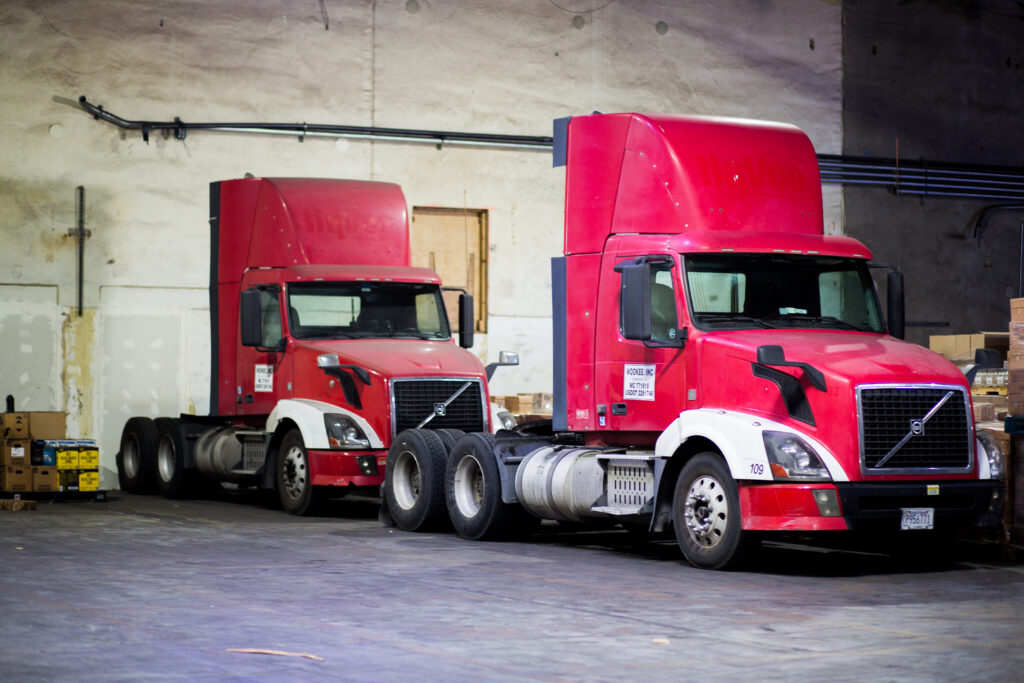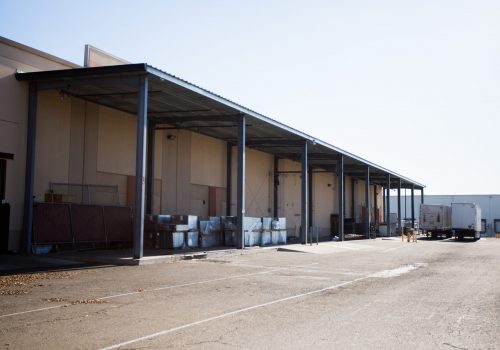3 Tips Every New Pet Food Business Owner Should Know about Warehousing

Dzmitry Samusevich
VP/COO
Starting a pet food business can be an exciting venture, but it comes with its own set of challenges. As a new business owner, figuring out how to store and manage your pet food products effectively can be overwhelming.
Warehousing and logistics play a crucial role in ensuring that your pet food business runs smoothly and successfully. However, finding the proper storage solution for pet food products can take time and effort.
Pet food storage requires specific conditions that are different from other products- and as a business owner, it’s essential to understand the basics of warehousing and logistics. In this article, we’ll discuss three tips that every new pet food business owner should know about warehousing to ensure the safe storage of their products. So, let’s start it!
Tip- 1: Considerations for Choosing a Warehouse
As a new business owner, choosing the right warehouse for your pet food and related supply storage is crucial to your success. Here are essential things every new pet food business owner should know about warehousing.
Location and Accessibility
When looking for a warehouse, consider its location and accessibility to your suppliers, customers, and transportation routes. Choosing a warehouse near major transportation hubs and highways can offer a significant advantage in terms of faster deliveries and reduced transportation costs. Additionally, consider the warehouse’s proximity to your suppliers and customers to make the supply chain more efficient.
Size and Capacity
Before choosing a warehouse, assess your storage needs. The warehouse should have enough capacity to accommodate your current inventory, with room for growth. Additionally, it’s essential to consider the type of storage solution needed, whether it be climate-controlled, dry, or humid. You should also factor in the number of pallets you need to store and the space required to store them.

Security and Insurance
It’s crucial to confirm that the warehouse has adequate security measures- including video surveillance, fire alarms, and staffing protocols. Insurance is also critical since you don’t want to be on the hook for any damages or inventory loss.
Tip- 2: Storage and Organization
When starting a new pet food business, one of the most crucial considerations is how to store and organize your product. Warehousing and logistics play an important role in ensuring your pet food products are kept safe, secure, and in good condition until they are ready for distribution. Here are three things to keep in mind when it comes to pet food storage.
Proper Storage for Food Products
As a pet food business owner, it’s essential to ensure that you have the appropriate storage facilities to hold your product’s packaging- such as plastic bags and other materials. Pet food packaging must be stored in dry, clean, and temperature-controlled environments (less than 80F), free from pests and other contaminants. Therefore, businesses should invest in appropriate storage solutions that offer climate control- such as temperature and humidity regulation, to preserve the quality of the packaging.
Labeling and Inventory Management
Organization and proper labeling of your pet food inventory ensures efficient tracking and better visibility. Establish an inventory management system that helps you monitor your product’s movement and keep an accurate count of stock to avoid stock-outs and delays. Also, labeling your pet food packaging with product information such as the expiration date and batch numbers is essential for complying with regulations and ensuring product traceability.
Maximizing Space and Future Growth
As a business owner, it’s important to consider the future growth of your pet food business when planning for warehouse storage space. Investing in vertical storage solutions such as shelving and installing multi-level racking can offer efficient use of space in your warehouse. This can help provide room for future expansion without having to relocate or rent new space.
Tip- 3: Transportation and Delivery
Transportation and delivery are critical components of any successful business that deals with pet food and related supplies. Business owners must ensure that their products reach their destination on time, undamaged, and at a reasonable cost. Here are some tips for new pet food business owners looking to streamline their transportation and delivery operations.

Choose a Reliable Logistics Partner
Working with a logistics company that specializes in handling pet food products can help ensure the safe and efficient transportation of your products. Look for a company that offers real-time tracking and secure storage options.
Proper Packaging and Labeling
Ensuring proper packaging and labeling of pet food products is crucial to maintaining product quality and safety during transportation. Use sturdy packaging materials and label each package with specific instructions on handling, storage, and delivery.
Efficient Delivery Options
Consider partnering with logistics companies that offer efficient delivery options to help lower transportation costs. This could include options- including cross-docking, multi-stop deliveries, and consolidation of shipments to optimize delivery routes.
FDR Warehouse Stockton, CA- A Warehouse and Logistics Solution Provider for Pet Business Owners
Finding a warehousing and logistics company that is reliable and adaptable is important for any new pet food business. FDR Warehouse offers flexible solutions and 24/7 customer service to ensure the needs of your business are met.
Centrally located near major transportation hubs like the Union Pacific and BNSF railways, I-5, Highway 99, and Highway 4, as well as Port of Oakland and Port of Stockton, FDR Warehouse is a convenient choice for your pet food packaging and supply storage needs. It’s also important to note that we don’t store pet food itself, but we deal in food packaging and other supplies related to food.
Request a quote at (209) 780-5042 or schedule a time on our calendar.